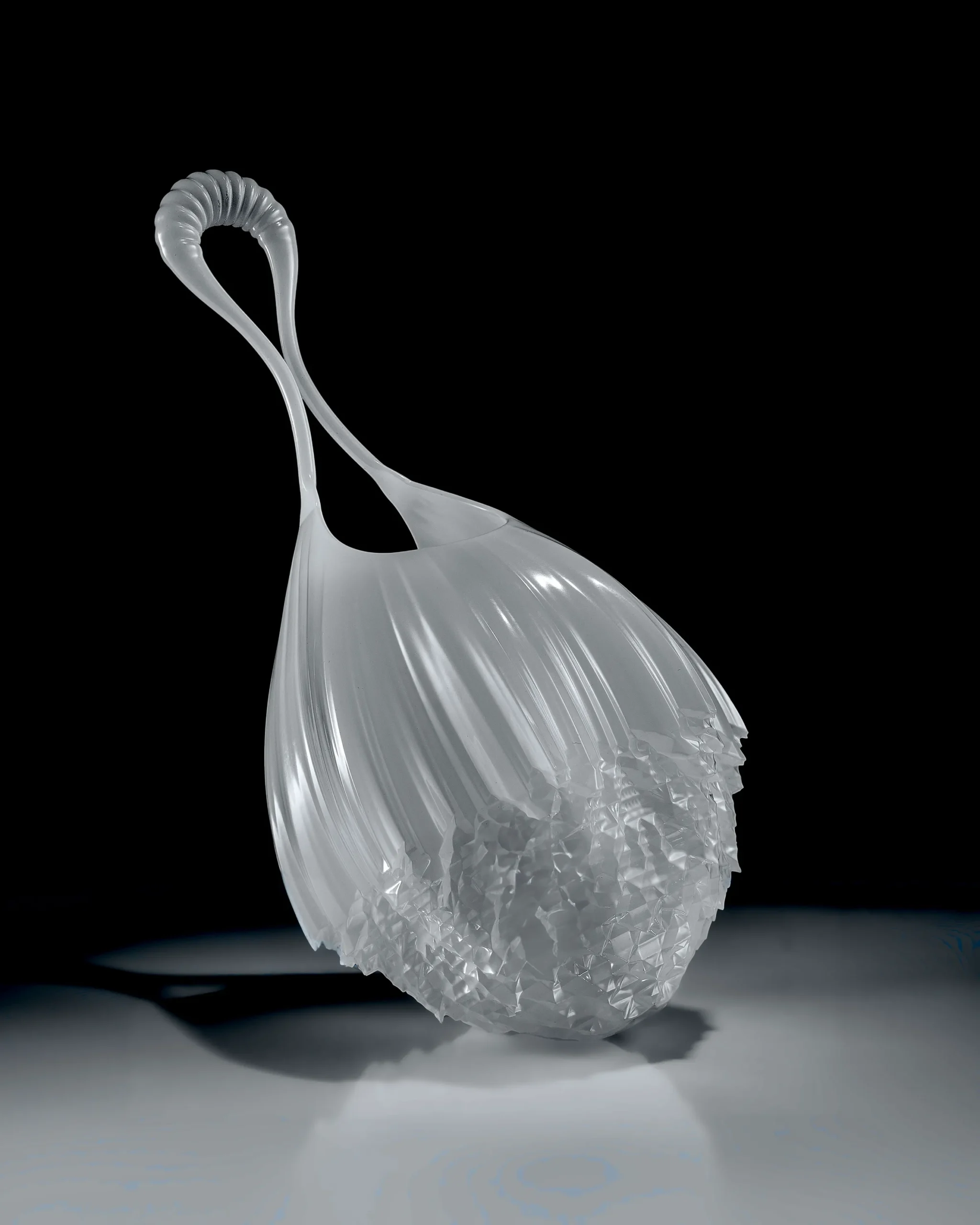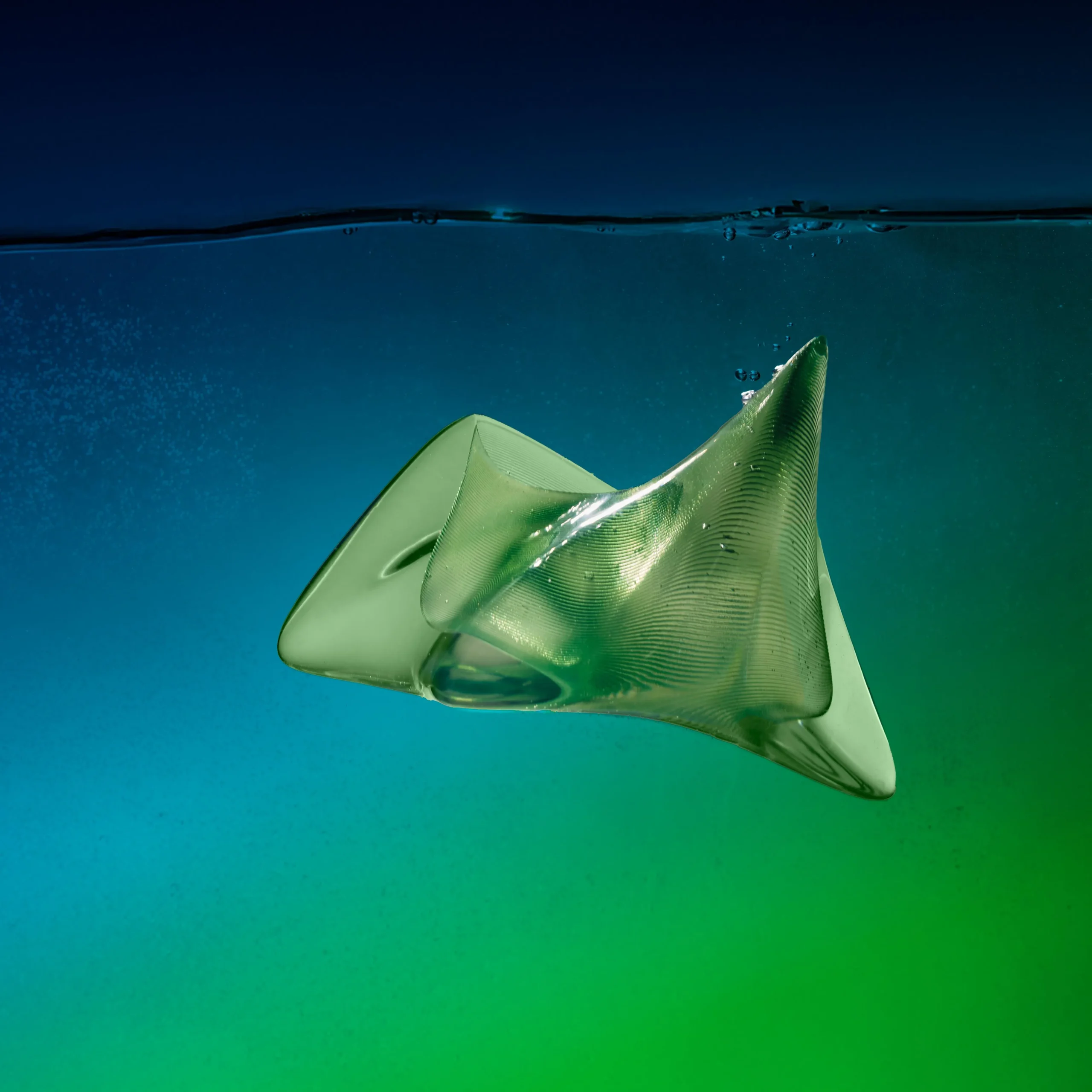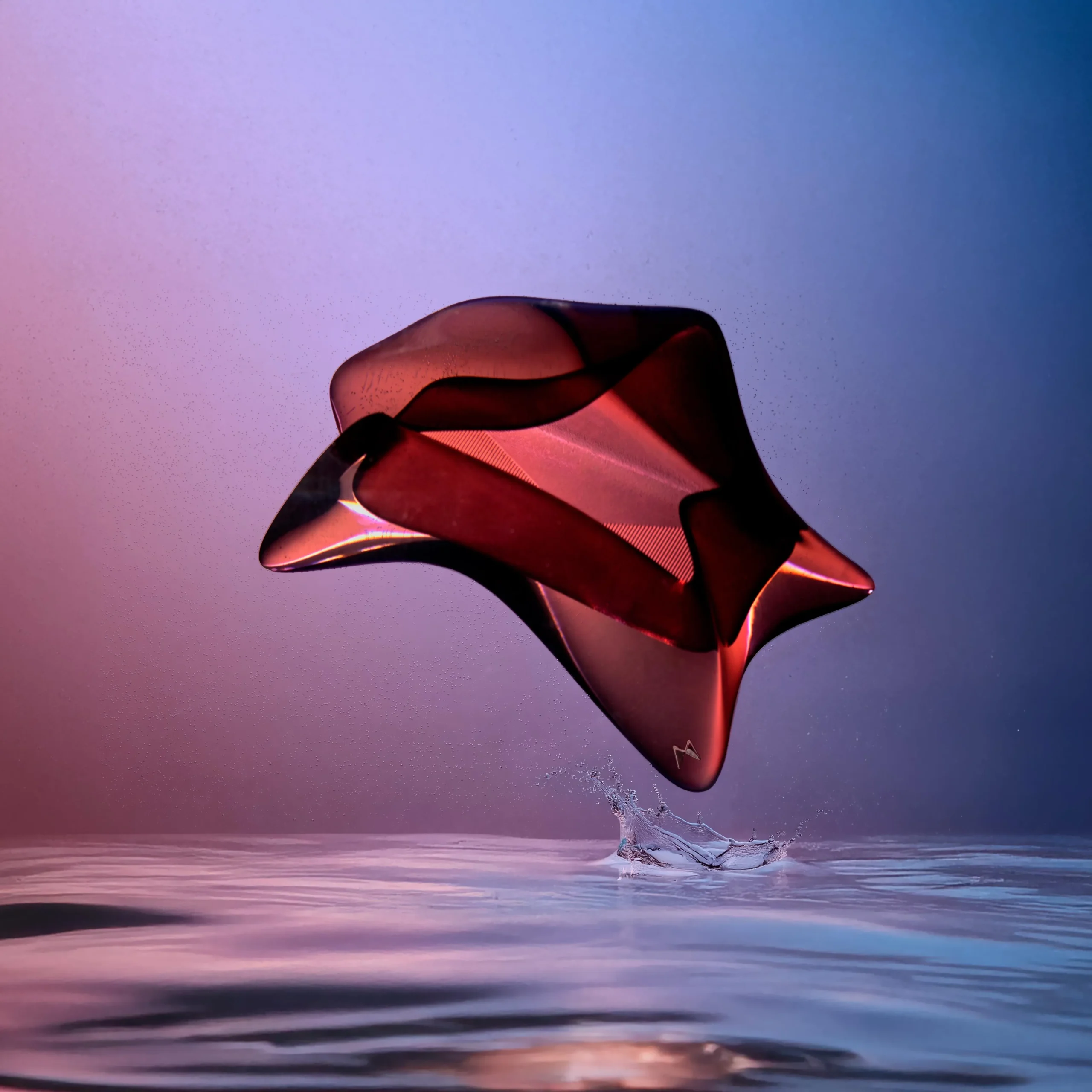
MESH—MESH Founders on Innovation, Imagination, and the Future of Fashion
- Nada Armanious
Blending digital innovation with cultural storytelling, MESH—MESH is a design studio redefining what a handbag — and perhaps even a brand — can be. Founded by Shaima and Fatma El Alawy, the brand fuses 3D printing technology with deep creative curiosity, crafting sculptural pieces that feel both futuristic and rooted in rich narratives at the same time. In just under a year, they’ve carved a unique space for themselves, offering a fresh perspective on craftsmanship, design, and community building.
In this conversation, the founders share the layered meaning behind their name, the inspirations that spark their collections, and their vision for a slower, more intentional approach to innovation in a fast-paced world.


Photo provided by MESH—MESH

Photo provided by MESH—MESH

Photo provided by MESH—MESH

Photo provided by MESH—MESH
